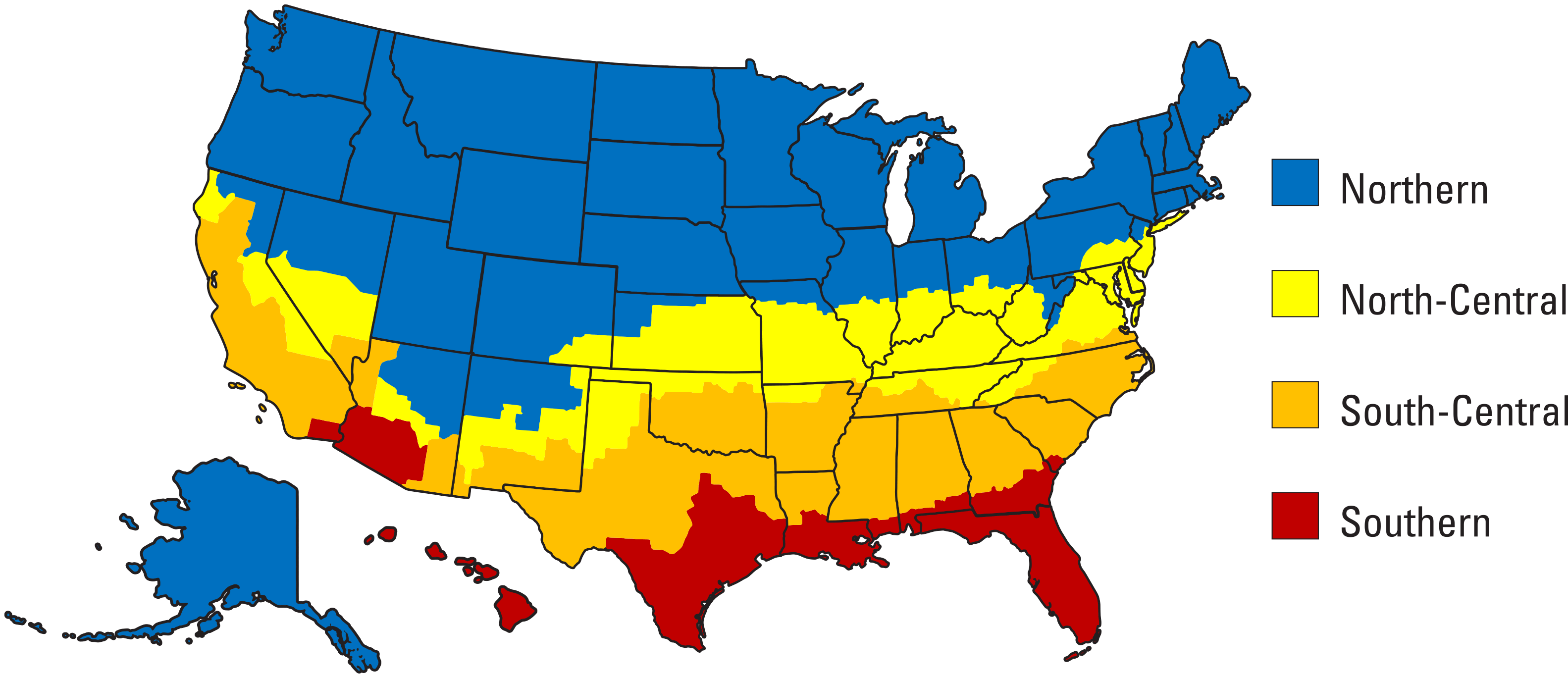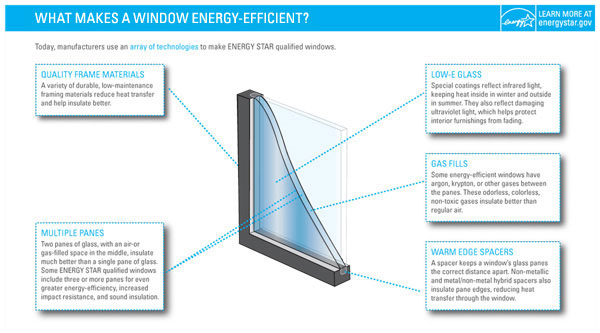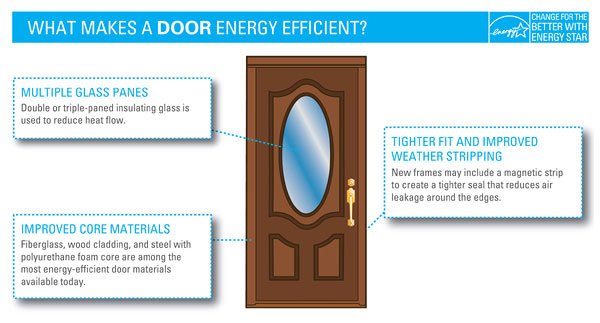What makes it ENERGY STAR?
ENERGY STAR qualified, windows, doors, and skylights:
- Are manufactured by an ENERGY STAR partner,
- Are independently tested, certified, and verified by the National Fenestration Rating Council (NFRC), and
- Have NFRC ratings that meet strict energy efficiency guidelines set by the US Environmental Protection Agency (EPA).
Though ENERGY STAR does not require any specific technologies, certain product features are common in many certified products.
Performance Criteria
Windows, doors and skylights protect you from the elements just like a winter coat. But like a winter coat, you should pick the windows, doors and skylights that make the most sense for your climate. While some windows, doors and skylights are better at keeping you warm, others excel at keeping you cool.

Enlarge Image (PDF, 2.68 MB)
Performance criteria for windows and skylights are based on ratings certified by the National Fenestration Rating Council (NFRC), and vary for each of the climate zones shown in the map above. To find the climate in which you are located, search here.

Enlarge image (PDF, 12 KB)
Doors are a little different. Many doors don’t have any glass (like your front door), but even doors with lots of glass (like a sliding patio door) have lower glass-to-frame ratios than windows or skylights. This means doors can provide more insulation than a window or skylight can. Performance criteria for doors are based on the amount of glass they have (called glazing level) and ratings certified by the National Fenestration Rating Council (NFRC).

Enlarge image (PDF, 1.06 MB)
Common Product Features
Many ENERGY STAR certified windows, doors and skylights have some or all of the product features detailed below. But these features are not required. Learn more about what makes it ENERGY STAR.
Anatomy of an Energy-Efficient Window
Framing Materials
ENERGY STAR certified windows come in a variety of framing materials.
- Fiberglass frames are strong, durable, low maintenance, and provide good insulation. Fiberglass frames can be either hollow or filled with foam insulation.
- Vinyl frames are low maintenance and provide good thermal insulation. Sections may be hollow or filled with foam insulation. Wide vinyl sills may be reinforced with metal or wood.
- Aluminum frames are durable, low maintenance, recyclable, and typically have at least 15% recycled content. Frame design typically includes thermal breaks to reduce conductive heat loss through the metal.
- Wood frames are strong, provide good insulation, and are generally favored in historical neighborhoods. The exterior surfaces of many wood windows are clad (or covered) with aluminum or vinyl to reduce maintenance.
- Combination frames use different materials separately throughout the frame and sash to provide optimal performance. For example, the exterior half of a frame could be vinyl while the interior half could be wood.
- Composite frames are made of various materials that have been blended together through manufacturing processes to create durable, low maintenance, well-insulated windows.
To learn more about efficient window technologies, visit the Efficient Windows Collaborative (link is external).
Anatomy of an Energy-Efficient Door
Anatomy of an Energy-Efficient Skylight

Information provided by EnergyStar.gov.




